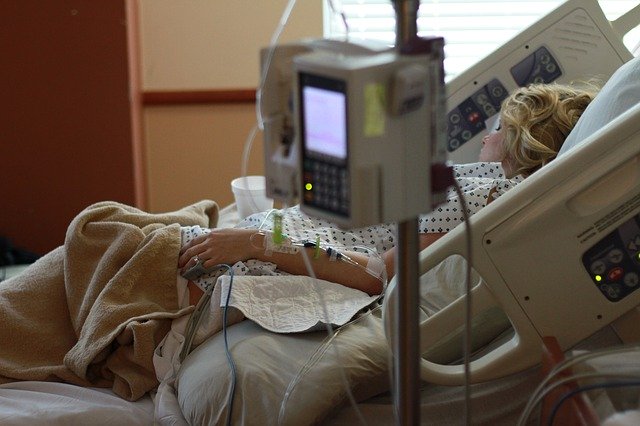Numerous types of cancer are associated with ischemic stroke and are popularly known to be co-morbid conditions. They are two of the most frequent causes of death among the elderly population. A previous report of autopsies on cancer patients indicated that around 7.4% of the population suffered from stroke symptoms. With further analysis it was noticed that about 3.5% of the cancer patients were paralysed from strokes.
The causes of ischemic stroke in cancer and non-cancer patients are highly different. Reports suggest, most of the cancer patients suffer from stroke mainly due to hypercoagulation. The blood clot formed restricts the blood flow to the brain, causing the cells in the brain to perish. This in turn paralyses the parts of the body controlled by the dead cells. While on the other hand, some reports suggest that stroke and cancer pathogenesis may be due to coagulopathy and atherosclerosis. The aim of this study is to study ischemic stroke in cancer patients using relevant biomarkers and compare it with non cancer patients with stroke.
The study involved cancer patients with ischemic stroke from General Hospital in Busan, Korea. All the patients had active cancer with an onset of stroke symptoms. The control group used were patients from the same hospital, non cancer patients suffering from ischemic stroke. For examining the biomarkers, patients’ blood was collected and serum was assessed.
The study found that biomarkers such as D-dimer levels, erythrocyte sedimentation rate (ESR), fibrinogen and Brain natriuretic peptide (BNP) were significantly higher in the cancer patients when compared to non cancer patients with stroke.
D-dimer are one of the basic bio-markers for stroke due to their discovery as by-products of fibrinolysis. As a fibrin degradation product, dimer is directly associated with coagulation and plays a major role in hypercoagulation. Compared to non cancer ischemic stroke patients, D-dimer levels were found to be higher in cancer patients diagnosed with stroke.
Blood coagulation in cancer patients is activated by inflammation. In this study, the authors used ESR, because of its well known use as a marker for infection and inflammation. An increased level of ESR indicating fibrinolysis was noticed in cancer stroke patients when compared to the control group.
From previous papers, it is well known that fibrinogen plays a major role in inflammation and platelet aggregation. An increase in fibrinogen is directly associated with increased risk of stroke in patients. In the current study cancer patients with ischemic stroke had a significant increase in fibrinogen than non cancer patients.
Cancer patients with ischemic stroke portrayed high levels of stroke biomarkers when compared to the non cancer patients with ischemic stroke- control group. The above results showcase a strong relationship between the cancer patients and conditions like hypercoagulation and inflammation, which could possibly explain the frequency of paralysis in aged cancer patients leading to death. Therefore, in order to reduce any incidence of ischemic stroke in cancer patients, doctors should focus on reducing inflammation and platelet coagulation.

